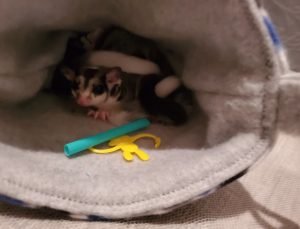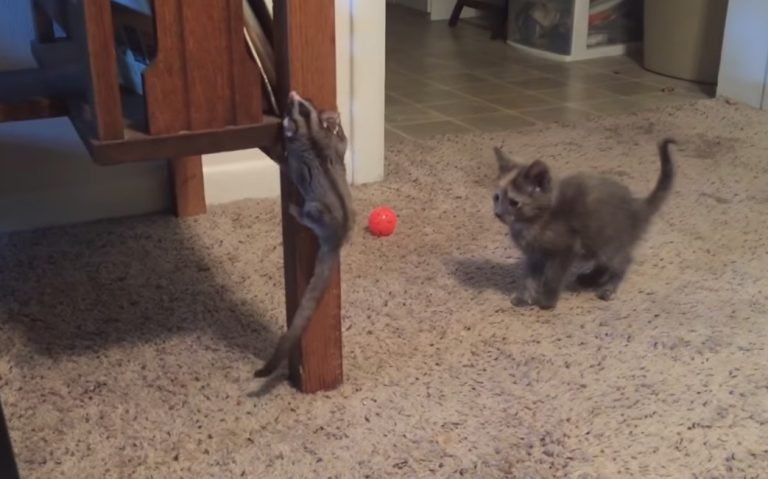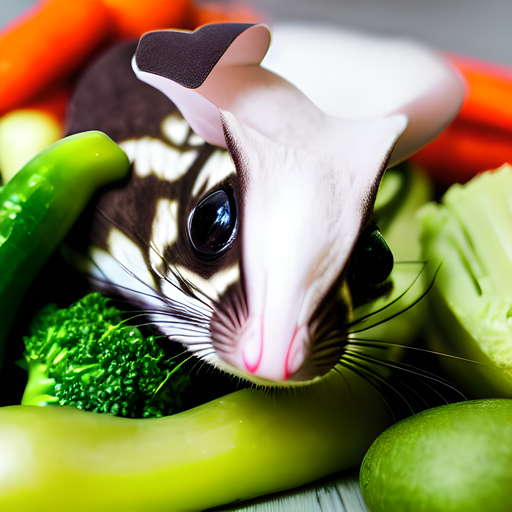Are Sugar Gliders High Maintenance
Are Sugar Gliders High Maintenance?
Sugar gliders can be considered high maintenance pets due to their specific needs and requirements. They require a significant amount of time, attention, and resources to properly care for them and ensure their well-being. It is essential to understand the responsibilities involved before deciding to bring a sugar glider into your home.
The Diet and Nutrition Requirements of Sugar Gliders
Sugar gliders have a unique diet that consists of a variety of foods to meet their nutritional needs. In the wild, they primarily feed on nectar, sap, insects, and small fruits. To replicate this diet in captivity, owners need to provide a balanced mix of fresh fruits, vegetables, protein, and supplements.
Feeding Schedule and Meal Preparation
Sugar gliders require a consistent feeding schedule, usually twice a day, with their meals prepared fresh each time. This means taking the time to cut up fruits and vegetables into small, bite-sized pieces, and ensuring they have access to a quality source of protein. Additionally, supplements such as calcium and vitamins need to be added to their diet to prevent any deficiencies.

The Importance of Bonding and Socialization
Sugar gliders are highly social animals and require daily interaction and bonding with their owners. They thrive on human attention and can become stressed or depressed when left alone for extended periods. As a sugar glider owner, you need to invest time and effort into developing a strong bond with your pet. This includes handling them regularly, providing opportunities for play and exercise, and ensuring they have companionship.
Providing a Safe and Stimulating Environment
Creating a safe and stimulating environment is crucial for the well-being of sugar gliders. They are highly active animals that require spacious cages with plenty of room to climb and glide. The cage should be equipped with various toys, branches, and perches to encourage exercise and mental stimulation. Regular cleaning and maintenance of the cage are also essential to prevent the buildup of waste and bacteria.
The Time Commitment Involved
Caring for sugar gliders requires a significant time commitment. These animals are nocturnal, meaning they are most active at night. Owners need to be prepared to adjust their schedules to accommodate their pets’ needs. This includes spending time with them in the evenings, providing playtime and social interaction, as well as cleaning and maintaining their living environment.
Grooming and Hygiene
Sugar gliders require regular grooming to ensure their fur, nails, and ears remain clean and healthy. This involves gentle brushing, nail trimming, and checking for any signs of infection or parasites. Maintaining their dental health is also important and may require regular dental cleanings or providing appropriate chew toys to prevent dental issues.
Veterinary Care
Regular veterinary check-ups are crucial for the overall health and well-being of sugar gliders. Finding a veterinarian experienced in exotic animals, specifically sugar gliders, is essential. Routine check-ups, vaccinations, and necessary medical treatments should be carried out to prevent and address any potential health issues.
The Cost of Owning a Sugar Glider
In addition to the time commitment, owning a sugar glider can be costly. Initial expenses include purchasing a suitable cage, bedding, toys, and other supplies. The ongoing costs include a quality diet, veterinary care, and any additional accessories or enrichment items. It’s important to budget and be prepared for these expenses before bringing a sugar glider into your home.
Special Considerations for Breeding
If you plan on breeding sugar gliders, additional considerations and expenses come into play. Breeding requires extensive knowledge and experience, and it is essential to ensure the health and well-being of both the parents and offspring. Additional expenses may include separate breeding cages, specialized diets, and potential veterinary care for the mother and babies.
Frequently Asked Questions
Q: Are sugar gliders good pets for children?
Sugar gliders can be challenging pets for children due to their specific needs and requirements. They require a significant amount of care and supervision, as well as a gentle handling approach. It is crucial to assess the child’s ability to take on the responsibilities of caring for a sugar glider before considering them as a suitable pet.
Q: How long do sugar gliders live?
Sugar gliders have a lifespan of approximately 12-15 years when properly cared for. This is a long-term commitment and should be considered before bringing one into your home.
Q: Can sugar gliders be potty trained?
While sugar gliders can be encouraged to use a specific area for elimination, they are not easily potty trained like cats or dogs. It requires consistent training and patience to establish a routine with your sugar glider.
Q: Can sugar gliders be kept alone?
Sugar gliders are highly social animals and thrive in the company of their own kind. It is generally recommended to keep them in pairs or small groups to ensure their social needs are met.
Final Thoughts
Deciding to bring a sugar glider into your home is a significant commitment. They require time, attention, and resources to meet their specific needs. From diet and nutrition to socialization and environmental enrichment, caring for a sugar glider involves a high level of responsibility. Before bringing a sugar glider into your home, it’s important to thoroughly research and understand their requirements to ensure a happy and healthy life for your new pet. With proper care and dedication, sugar gliders can make fascinating and rewarding companions.







